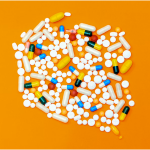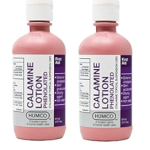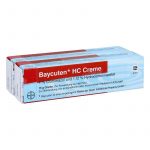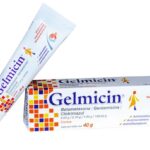What Helps with Leptospirosis Rash?
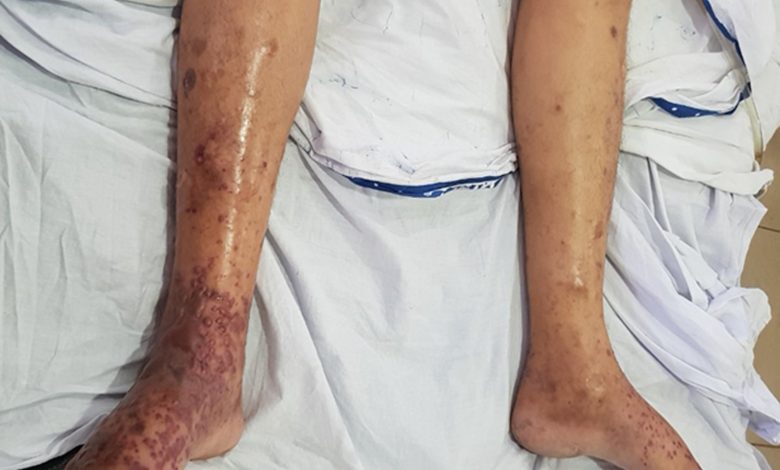
Leptospirosis is a bacterial infection caused by the Leptospira bacteria, commonly found in water contaminated with animal urine. While the disease primarily affects the kidneys and liver, it can also manifest as a skin rash, adding to the complexity of its symptoms.
Leptospirosis rash is a distinctive feature of the disease, presenting as reddish or purplish skin lesions that may be accompanied by itching and discomfort. The rash typically appears a few days after the onset of the infection, adding an additional layer of challenge to the diagnosis and treatment process.
Symptoms of Leptospirosis Rash:
1. Reddish or Purplish Lesions: Leptospirosis rash usually manifests as small, flat red, or purplish lesions on the skin. These can be scattered across various parts of the body, making it important to closely monitor any changes in the skin’s appearance.
2. Itching and Discomfort: The rash is often accompanied by itching and discomfort, adding to the overall unpleasant experience for the individual. Scratching the affected areas can potentially worsen the condition, leading to secondary infections.
3. Variable Presentation: The rash can vary widely in its presentation, ranging from mild and barely noticeable to severe and widespread. Some individuals may not develop a rash at all, emphasizing the importance of considering other symptoms when diagnosing leptospirosis.
Managing Leptospirosis Rash
1. Seek Medical Attention: The first and foremost step in managing leptospirosis rash is to seek prompt medical attention. A healthcare professional can provide an accurate diagnosis, ensuring that the rash is indeed associated with leptospirosis and not another skin condition. Early detection and treatment are crucial for preventing complications.
2. Antibiotic Treatment: Antibiotics, such as doxycycline or penicillin, are commonly prescribed to treat leptospirosis. Timely administration of antibiotics can help eliminate the bacteria responsible for the infection and reduce the duration and severity of symptoms, including the rash.
3. Pain and Itch Relief: Over-the-counter pain relievers and antihistamines can be used to alleviate discomfort and itching associated with the rash. However, it’s essential to consult with a healthcare professional before taking any medication, as some may interact with antibiotics or other treatments.
4. Hydration and Rest: Adequate hydration and rest are crucial components of managing leptospirosis and its associated symptoms, including the rash. Staying well-hydrated supports the body’s natural healing processes, while sufficient rest allows the immune system to effectively combat the infection.
5. Avoiding Scratching: While it may be challenging, avoiding scratching the rash is essential to prevent secondary infections and minimize the risk of scarring. Wearing loose-fitting clothing can help reduce friction on the affected areas, providing some relief from itching.
6. Topical Treatments: In some cases, healthcare professionals may recommend topical treatments, such as corticosteroid creams, to reduce inflammation and promote the healing of the rash. Corticosteroid creams, such as hydrocortisone, are often recommended to help manage the inflammation and itching associated with leptospirosis rash. However, it is crucial to note that the use of corticosteroid creams should be carefully monitored and guided by medical advice, as they are not a direct treatment for the underlying bacterial infection.
Preventing Leptospirosis Rash
1. Protective Clothing: When in areas with potential exposure to contaminated water or environments with a high risk of leptospirosis, wearing protective clothing, such as long sleeves and pants, can minimize the risk of bacterial contact with the skin.
2. Footwear: Wearing waterproof footwear, especially in flood-prone areas, can prevent direct contact with contaminated water and reduce the risk of infection.
3. Vaccination: While there is no specific vaccine for leptospirosis rash, getting vaccinated against leptospirosis itself can significantly reduce the risk of infection. This is especially important for individuals who are at higher risk due to their occupation or frequent exposure to contaminated environments.
4. Environmental Hygiene: Practicing good environmental hygiene, such as avoiding contact with urine from potentially infected animals and maintaining clean and sanitary living conditions, can help prevent the spread of leptospirosis.
Conclusion
Leptospirosis rash adds an additional layer of complexity to the challenges posed by this bacterial infection. Understanding the symptoms and seeking prompt medical attention are crucial steps in managing the condition effectively. Antibiotic treatment, coupled with measures to alleviate symptoms such as pain and itching, can contribute to a faster recovery.
Preventive strategies, including protective clothing, vaccination, and environmental hygiene, play a key role in reducing the risk of leptospirosis and its associated rash. By combining these approaches, individuals can better navigate the complexities of leptospirosis and promote overall health and well-being.

